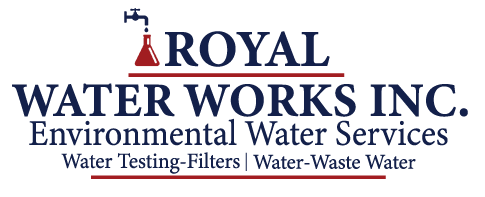Choosing the Right Reverse Osmosis System: Factors to Consider
Choosing the Right Reverse Osmosis System: Factors to Consider
Reverse osmosis is a popular water filtration system that eliminates impurities by forcing water through a semipermeable membrane. It removes contaminants such as bacteria, viruses, and chemicals, making the water clean and safe for consumption. If you are considering installing a reverse osmosis system in your home or office, it’s important to choose the right system that meets your needs. In this blog post, we will discuss the factors you should consider when selecting a reverse osmosis system.
1. Water Quality
The first factor to consider when choosing a reverse osmosis system is the quality of your water supply. Conduct a water test to determine the contaminants present in your water. Some common impurities include chlorine, arsenic, lead, nitrates, and fluoride. Different reverse osmosis systems are designed to target specific contaminants, so knowing your water quality will help you select the appropriate system.
2. System Components
Another important consideration is the quality and durability of the system components. A reverse osmosis system is composed of several parts, including a pre-filter, a semipermeable membrane, a post-filter, and a storage tank. Ensure that these components are made from high-quality materials and are certified by reputable organizations like NSF (National Sanitation Foundation).
3. Water Flow Rate
The water flow rate is an essential factor to consider, especially if you have a large household or plan to use the system for commercial purposes. The flow rate determines how much water the system can produce in a given time. Make sure to choose a system with an adequate flow rate that can meet your water demands without compromising the filtration efficiency.
4. Storage Capacity
If you are considering a reverse osmosis system for residential use, the storage capacity of the system is crucial. The storage tank allows you to access purified water even when the system is not actively filtering water. Evaluate your water consumption patterns and select a system with a storage capacity that suits your needs. A larger storage tank is advised if you have a large family or if you often host gatherings.
5. Installation and Maintenance
Consider the installation process and the maintenance requirements of the reverse osmosis system. Some systems require professional installation while others come with easy-to-follow instructions for DIY installation. Additionally, check if the system components are readily available in the market and if their replacement or maintenance is manageable. A system that is easy to install and maintain will save you time and money in the long run.
6. Energy Efficiency
Energy consumption is an important consideration when selecting a reverse osmosis system. Look for systems that are energy-efficient and have low water wastage. Some advanced systems are designed to minimize the amount of water wasted during the filtration process, saving both water and energy resources.
7. Cost and Longevity
The cost of the reverse osmosis system and its longevity should also be taken into account. While it’s tempting to opt for a cheaper system, it’s important to assess the long-term costs and benefits. Consider the lifespan of the system, the cost of replacement filters, and the warranty offered by the manufacturer. Investing in a higher-quality system might require a larger upfront investment but can save you money in the long term.
Conclusion
Selecting the right reverse osmosis system is essential to ensure that you have clean and safe drinking water. Consider factors such as water quality, system components, water flow rate, storage capacity, installation and maintenance requirements, energy efficiency, and cost. By carefully evaluating these factors, you can choose a reverse osmosis system that meets your needs and provides you with long-lasting and reliable water filtration. Remember to consult with a water treatment professional to guide you through the decision-making process.
Categorised in: Reverse Osmosis, Water Filtration System
